Oritan
"The Maek Vars value silence and subtlety. That is why they now rule Oritan."
~Neibin qua Shalradioh, Leandrein leader, 4332 AGI
Oritan is a country on the southwest tip of the Sea of Condioh, and extends south into the Meygharkin Mountain Range. It is bordered on the east by Soline and Suvan, the south by Illena and Merren, and the west by Diodan and Verad.
The north contains the semi-arid Iehdemraioh region that becomes grasslands along the Condioh coast. The country is divided, practically in half, by the Cevhiodethioh Mountainlands. They are drier on the north, and wetter to the south. The southern temperate forests are lush, with several broad-leafed species intermingled with evergreens. The taller mountains possess alpine tundra.
Oritan contains the remnants of several volcanoes, the most prominent one being The Glass Volcano, the legendary home of Kykini Cede, Flame Dragon of Kassak. Beginning to the east of the volcano, and growing into Merren, is the dense forest known as The Bane.
History
Oritan began as a Jonna Empire district, one used to sunder the Leandrein of Yerrist in the southeast, the Daothyn of Ravia to the southwest, and the nomadic peoples to the north. The Jonna generals and siojhetioh relocated the nomadic Maek Vars and Celchig into steadings along the Sea of Condioh, where the grasslands provided some nutrient-rich farmland. They forced the Leandrein and the Daothyn, once enemy peoples who fought constantly over land, to co-habit the south. The ancestral resentments ran deep, and the two peoples fought each other rather than the Condi invaders. General Lavhione, with the aide of the siojhetioh Mursioh, razed the Leandrein capital of Pelletin and created a new government center in the centrally-located, but tiny village of Shalradioh. It grew quickly, and became a center of Oritan culture--and a center of corruption. The White Scale Markets, initially built to cater to the Jonna soldiers who passed through on their way to the western fronts, grew into a large, underground shipping center for illicit goods and services. Bribes to the Condioh kept the markets from being raided, and as long as the merchants kept to the shadows, the local government ignored them. It took a few decades, but the hatred of the Leandrein and the Daothyn spilled over into common life, and communities became divided by ancestry. Other empire peoples who chose to reside in Oritan found themselves caught in the middle of two peoples who demanded they take sides, and if they did not, were considered pariahs. Some were murdered for their choice to remain silent.General Lavhione was transferred to the front lines, some say as punishment for not quelling the unrest, and Commander Hendrevh placed in charge. He dismissed Mursioh and placed his own sycophant, Murghen, to care for everyday governmental matters. Mursioh did not appreciate her demotion, and secretly began talks with both the Leandrein and the Daothyn to enlist their aid in forcing the new leaders to leave.
Scholars often ponder how Oritan has remained a viable country since the collapse of the Jonna Empire. By rights, it should have dissolved into three separate entities; a nothern, nomadic state, a southwestern Daothynic one, and a southeastern Leandrein one. Some believe that the strenth of the Maek Vars warlord-type early kings, who set precedent with their encouragement of wealth-building trade, is the only reason it remains intact.
The descendants of the Leandrein and the Daothyn have long forgotten what prompted their initial hatred of each other. Each side blames the other, and each tells myths to explain why they are enemies. Scholars believe the hostilities began with the Leandrein and Daothyn ancestors, the Dreidin and the Zofotha, thousands of years previous.
The Glass Volcano is the most visited part of Oritan. Pilgrims from across Seari and beyond pay homage to the Flame Dragon at various ruins scattered about the large mountain and throughout the valley that surrounds it. If they are stout enough, tourists can follow a guide up the Firelit Trail and to the crater, where a large flame flower mosaic rests before a shrine containing a throne. No one has made it past the numerous blocked-off entrances into the volcano itself, though thousands have tried.
The White Markets were initially a safe trade haven. They overtly still are. Beneath the shiny white veneer, however, merchants deal in every illegal kind of thing imaginable. Because of the underground's staunch support of the Maek Vars kings, that corruption is ignored.
Coward's Lake and Coward's Escape Route are named for a Leandrein general in the employ of Neibin qua Shalradioh, who sought to take advantage of a Daothyn offensive against the Maek Vars at the lake. The Maek Vars defeated both, and drove the general to the north, where his soldiers were unceremoniously captured. Much to the disgust of both the Maek Vars and Neibin, he offered up intel for his life--and only his life. Reladen, who had spared all enemy officers up to that point, had him executed, with his head staked at the crossroads of his defeat and his body thrown into the lake.
Modern Times
Minor rebellious disruptions have risen from time to time, but the White Markets underground, content with the monies a stable land provided, secretly work with the crown to quell them. Their influence has helped keep a Maek Vars descendant on the throne, and the Maek Vars politely turn their attention to other. more pressing matters than trade corruption. The Maek Vars have heavily promoted trade, and the ruling families have made fortunes off the port fees and taxes. They do not tax their people heavily, which leads to various forms of good will. The Leandrein and Daothyn hatred, however, is a simmering base to everything, and threatens to explode, unexpectedly, at any moment. As the warlords began their invasions of the western lands, Oritan saw an influx of refugees into their lands as well, but not to the extent found in Merren. Oritan was less accommodating, and many continued east, hoping to find a more welcoming country. In 4668 AGI, King Dalsioh began to have his family participate in a bathing ritual led by the cult of Erenik Zantar, adding legitamacy to his rule. His descendants, including the current king, Liofan, have continued to use religion to support their leadership and quell unrest in the noble ranks. Liofan even brags of an official letter of blessing from the Earth Mother cult leaders in Clandestine, one of the oldest and most respected sects on Seari. Liofan is terrified of an Illenan incursion. While Oritan has a sizable standing army, he is not a strong enough leader to gather noble support to reject an invasion, and he knows this. His claims that various religious orders have sanctioned his rule attempts to counter this weakness, for if sylfaodolon approve of him, so should the nobles. It grants him a legitamacy he hopes will keep Shiel from his border. Many Oritans have paid little attention to the wars other than to find trade routes that avoid the fighting. They believe their country safe from the neighbors' unrest.Society and Culture
Oritan shares a more similar culture to that of Jonnese-speaking Midem countries, such as Illena and Merren, than it does with other Siodame-speaking countries, like Suvan and Verad. Much of this is due to royal marriages with out-country noble families descended from the Leandrein and the Ravians, where the kings and queens attempted to smooth relations between the two groups within their borders. These marriages brought Jonnese-speaking cultures into Oritan, and they blended well with native traditions. Nothing, however, has soothed the tense tolerance that the Leandrein and Daothyn have for one another. It is rarely spoken of, but it colors almost everything in Oritan. Due to the long history of unrest, retired Jonnese Empire soldiers and mystery artists did not chose to live there in great numbers, unlike many of their southern brethren. The exception was the lands about the Glass Volcano, the lair of Kykini Cede, Flame Dragon of Kassak. Since the dragon was widely revered in Seari lands, his home attracted the curious and adventurous, and many, many aki n'di ori. The area about the volcano has a heavy tribal influence, especially in music and the arts. They make up a third of the population of largest city near the lair, Pellindiohal. Due to their influence, the Leandrein and Daothyn dislike is minimal.Music
Oritan is a music and arts center. The Maek Vars, Celchig, and other nomadic peoples placed greater emphasis on these artistic expressions than on writing, and that influence is apparent in the overall culture of the country. Avadiosha is home to the Rastem Iollanet, the secondary campus of the Rastem music school created by Lajaka and his master Rorque. Most Seari musicians from a country below the Sea of Condioh vie to gain admission to this one, rather than the official performance hall in Rille, Rikondi, because the Rastem Iollanet houses the favored theater of the Oritan royalty. This, incidently, makes Avadiosha one of the most diverse cities on Seari.
The Maek Vars and the other once-nomadic peoples that traversed ancient roads just south of the Sea of Condioh are not religious. They see the sylfaodolon as tempermental babies--look what they did to the first sphere the Mother created--and prefer to set their morality by dragon precendent. In most mythology, dragons are not enamored of sylfaodolon, and often demean them as petty and cruel. This especially holds true for Gada Kiore, who the Maek Vars see as the incarnation of the Earth Mother deity. In this, Liofan and his predecessors broke with tradition by focusing on human religious acceptance, and many of the once-nomads despise what they see as a betrayal of morality and principles.

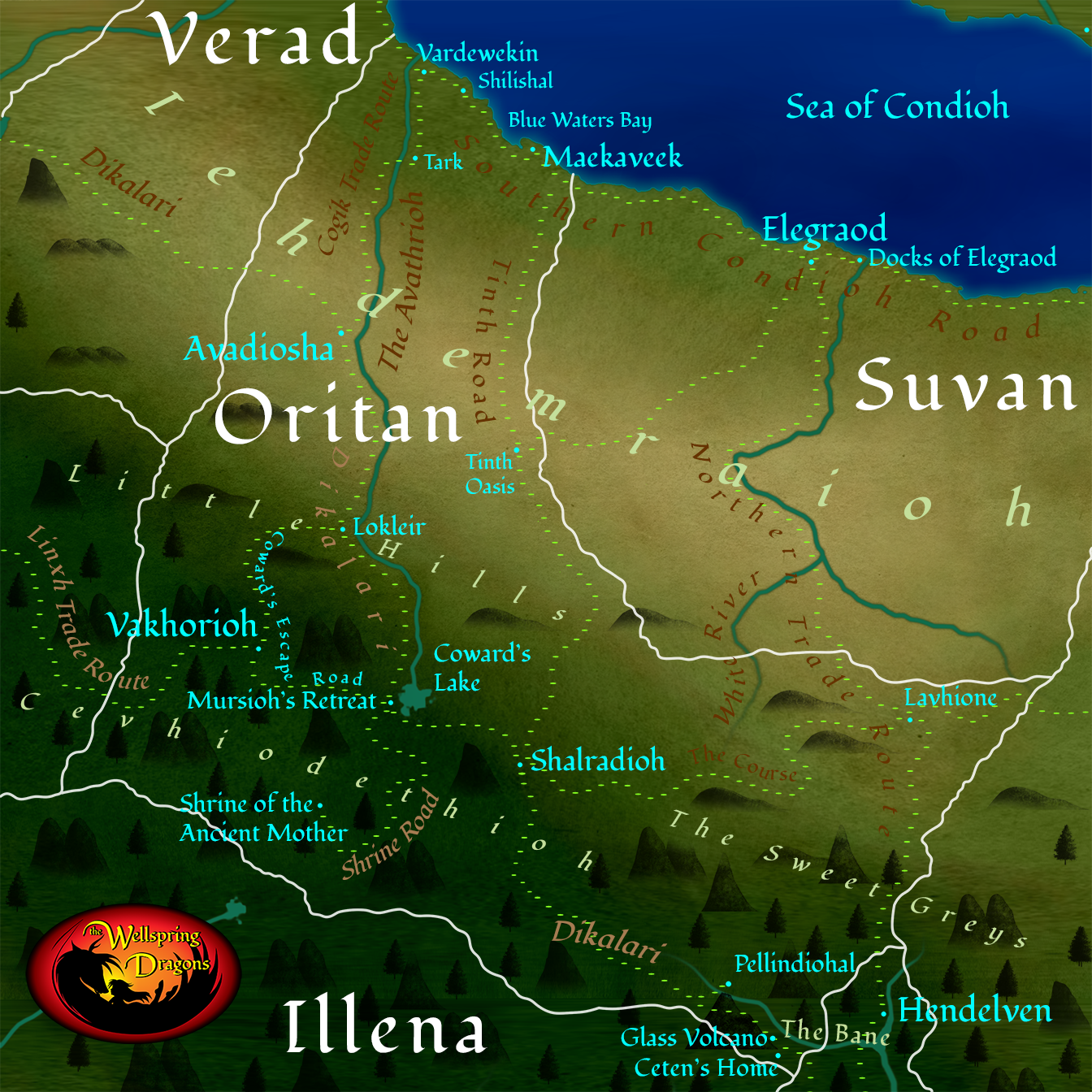
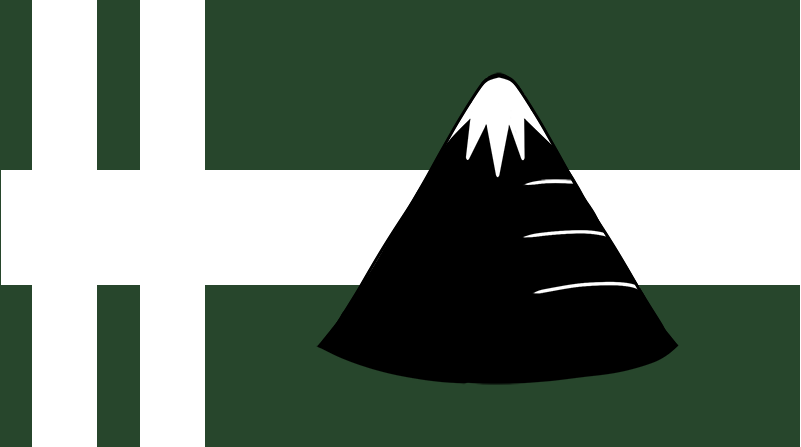

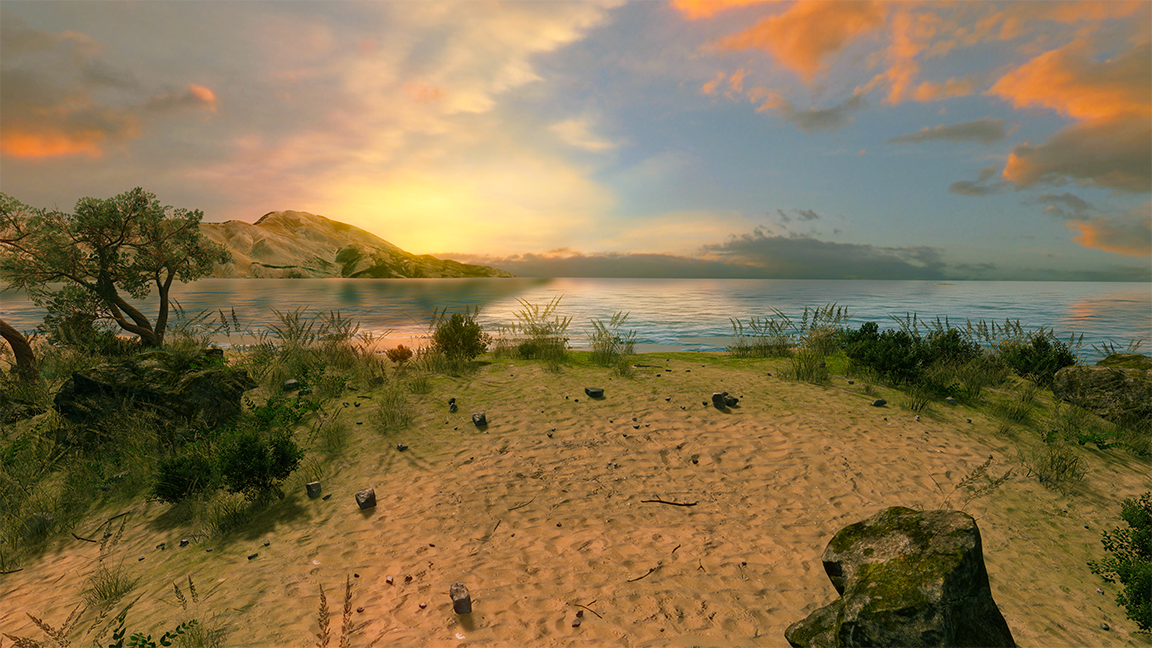
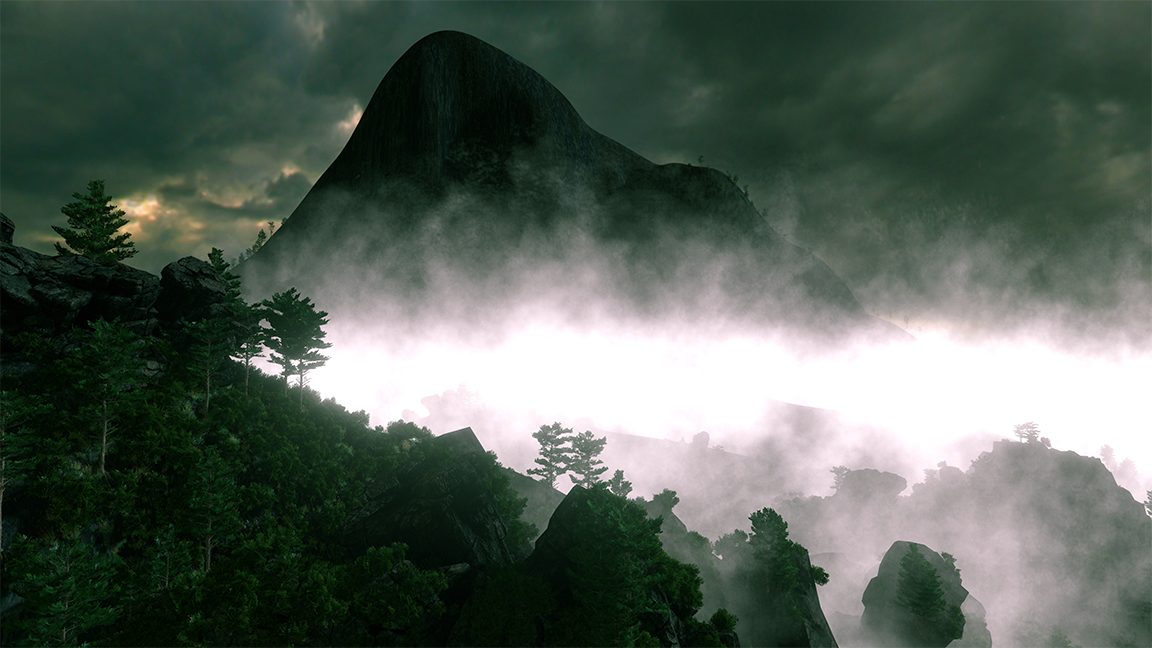
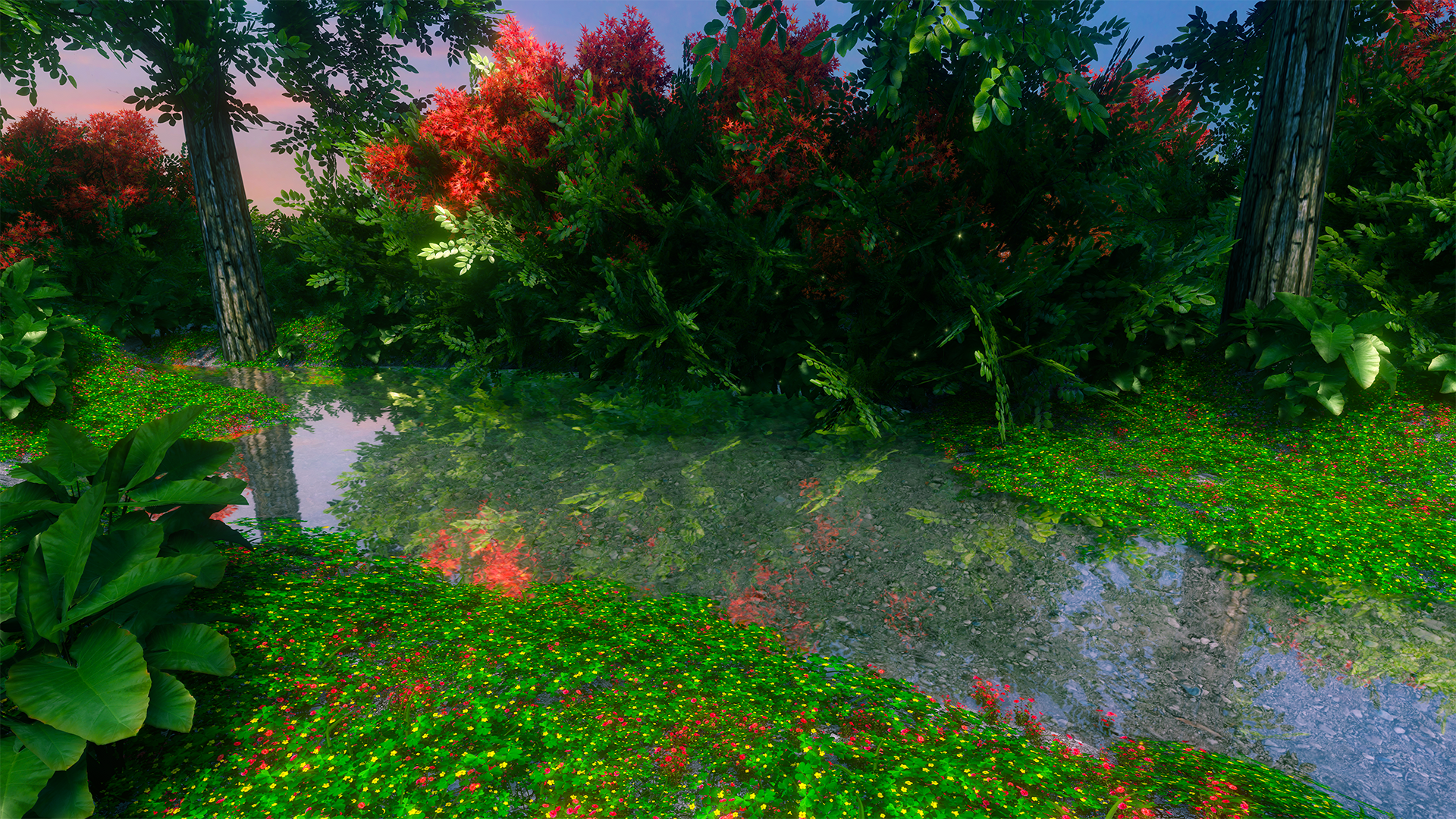
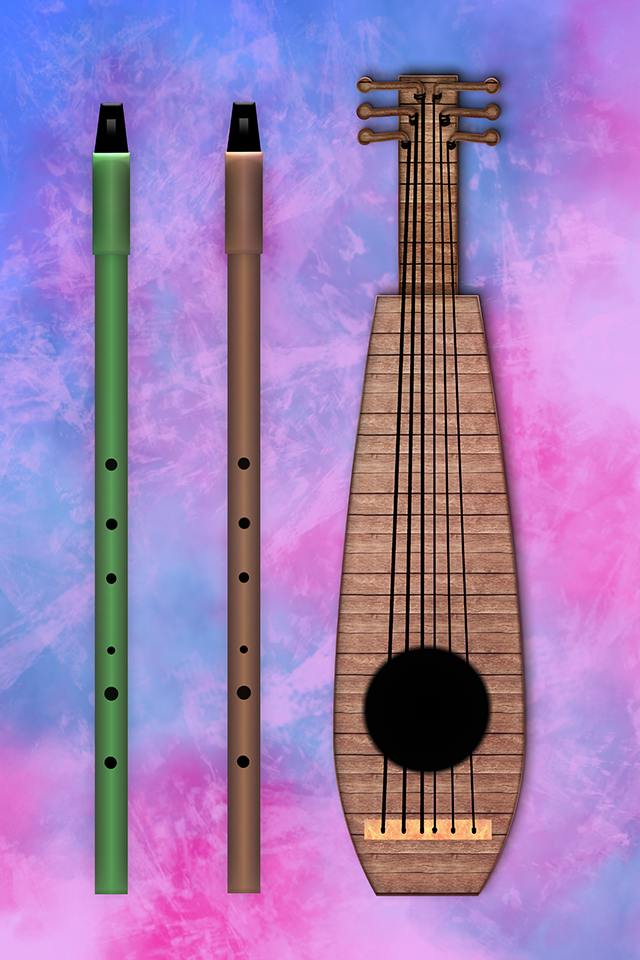
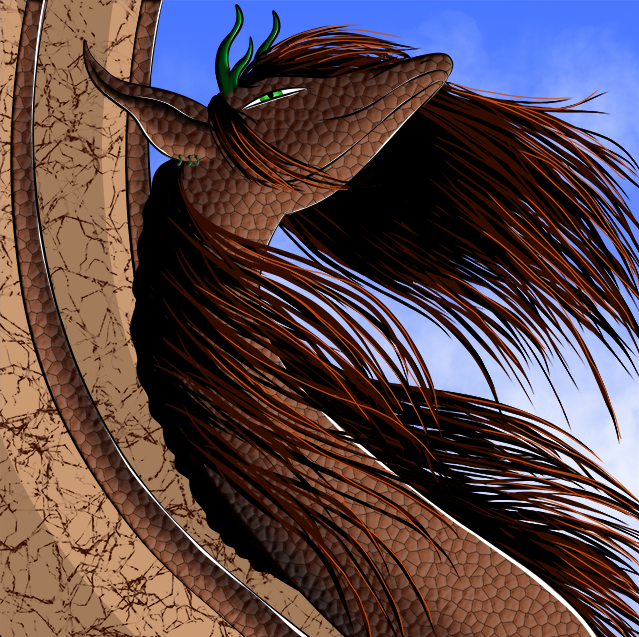

Comments